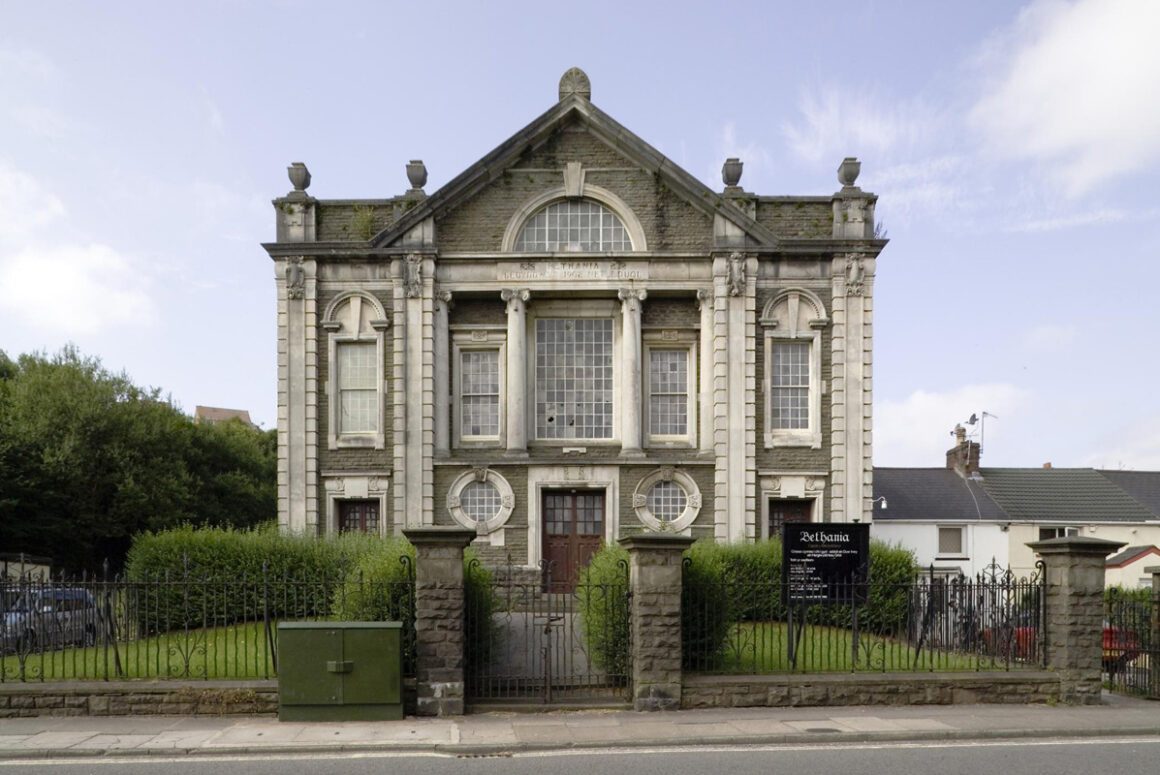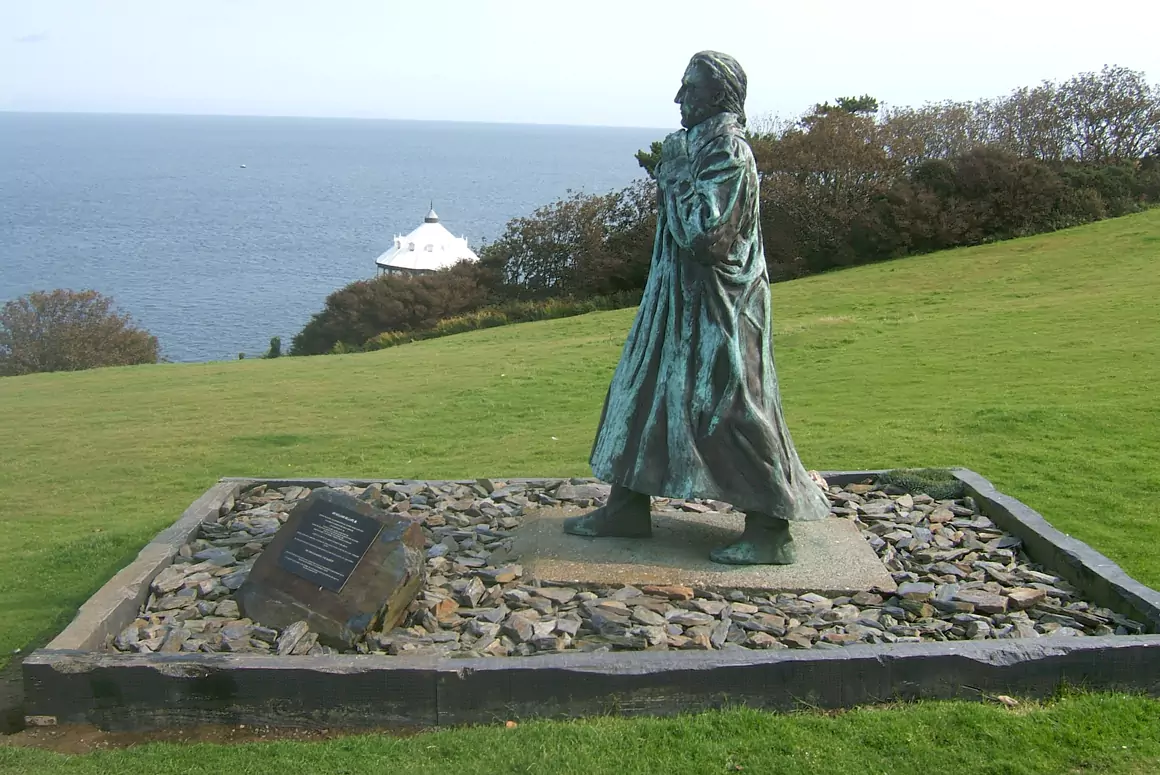![]()
There was a time, not that long ago, when chapels dominated the communities which they served. Not only were they central to the religious, cultural and social lives of their adherents, they also dominated, in a very physical sense, the landscape or streetscape within which they were located. Between about 1850 and 1910, thanks mainly to a huge surge in membership following two big religious ‘Revivals’, new chapels were opened at the rate of one a fortnight, whilst others were extended, upgraded or totally rebuilt.
The majority of chapels in Wales now face a very uncertain future. An increasingly elderly membership and dramatic changes in people’s lifestyles and expectations, has led to diminishing congregations. Added to this is a severe shortage of qualified ministers and a stock of buildings that are old and in need of expensive repairs. This has led to a situation where the status quo is no longer sustainable, the result being that they are forced to close. By today, the trickle of chapel closures has become a torrent and shows no sign of slowing. Some congregations have taken the decision to join with other nearby chapels whilst others now hold their meetings in smaller premises such as the chapel vestry.
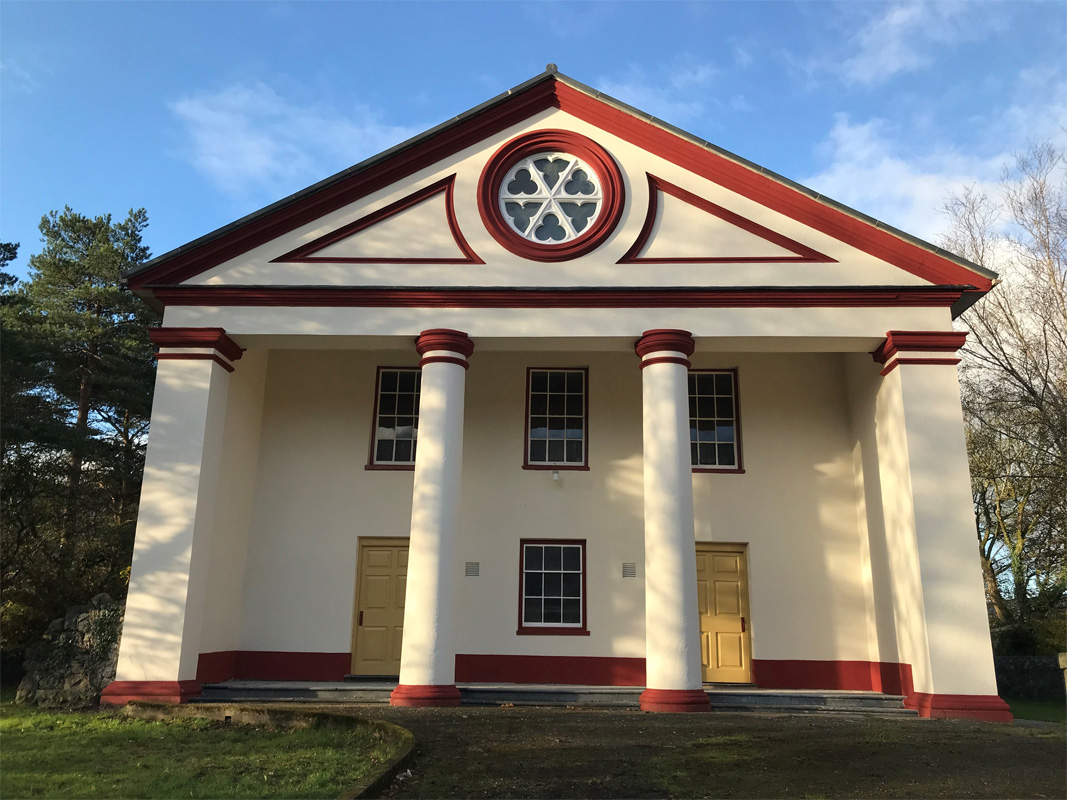
But what about the chapels themselves? Many have been sold and converted to serve as dwellings, shops, exhibition spaces or community venues, whilst others have been demolished. In so doing, we are losing buildings that are historically and architecturally significant, and containing craftmanship – in wood, stone, cast iron, glass and plaster – which reflected the very best examples in their districts.
One organisation which is doing something positive to ensure a future for some of these chapels is Addoldai Cymru – the Welsh Religious Buildings Trust. Set up in 1999 and funded by the Welsh Government through Cadw, Addoldai Cymru is charged with identifying important chapels with a view to saving a representative selection so that future generations can enjoy and appreciate this important aspect of Wales’ architectural and religious heritage. Unlike St Fagans Museum which rescues buildings which are threated with collapse, conversion or demolition, and dismantles and moves them to the museum, Addoldai Cymru rescues buildings in-situ. This means that they remain within their original communities and can still be used for occasional services and their buildings (they often have vestries attached) are available for use by local groups, societies, choirs etc. In other words, serving the community as they were originally intended to do.
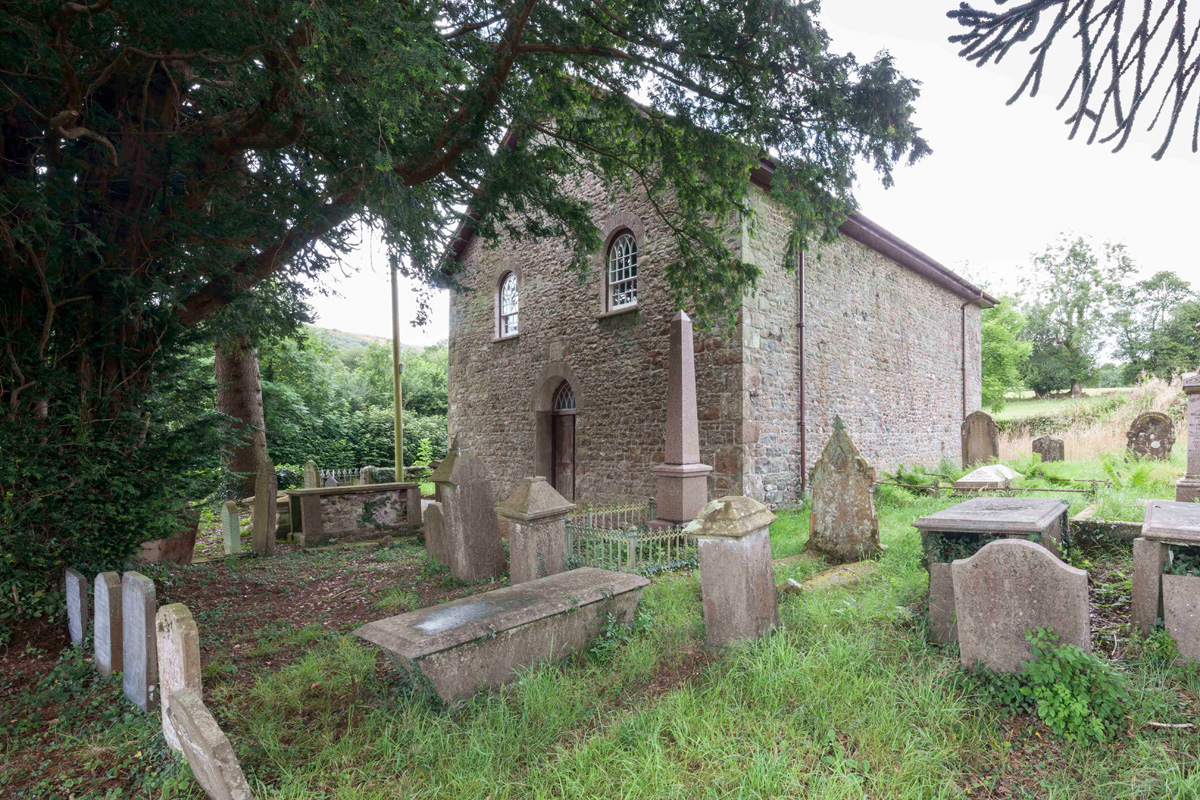
Addoldai Cymru currently has ten chapels in its care, with two more being considered. They cover four denominations (Baptist, Calvanistic Methodist, Unitarian and Congregational) and range in size and design from the small Congregational (later, United Reformed) country chapel of Caebach near Llandrindod, Powys, to the large, impressively-ornate Bethania Baptist chapel in Maesteg which could seat 1,000 people.
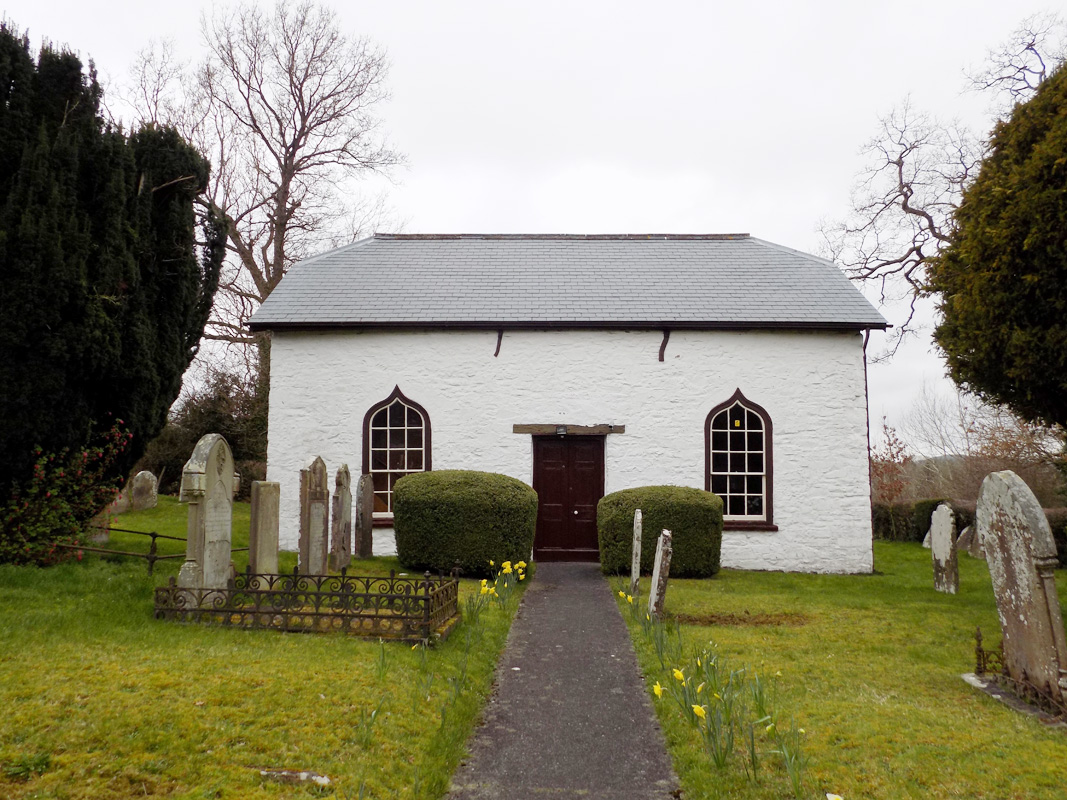
Each chapel is carefully maintained by Addoldai Cymru and is available for use or hire on a one-off or longer-term arrangement. Full details of Addoldai Cymru’s work and the chapels in its care can be found on its website www.welshchapels.wales. There is also a dedicated friends’ organisation which helps us in our care and management of the various properties, and we welcome enquiries on all matters relating to Welsh chapels, their history and future.
Gerallt D. Nash (Trustee)
Salem Chapel, Picton Street, Nantyffyllon, Maesteg, CF34 0HH
Tel: 01656 734940
Email: post@addoldaicymru.org


